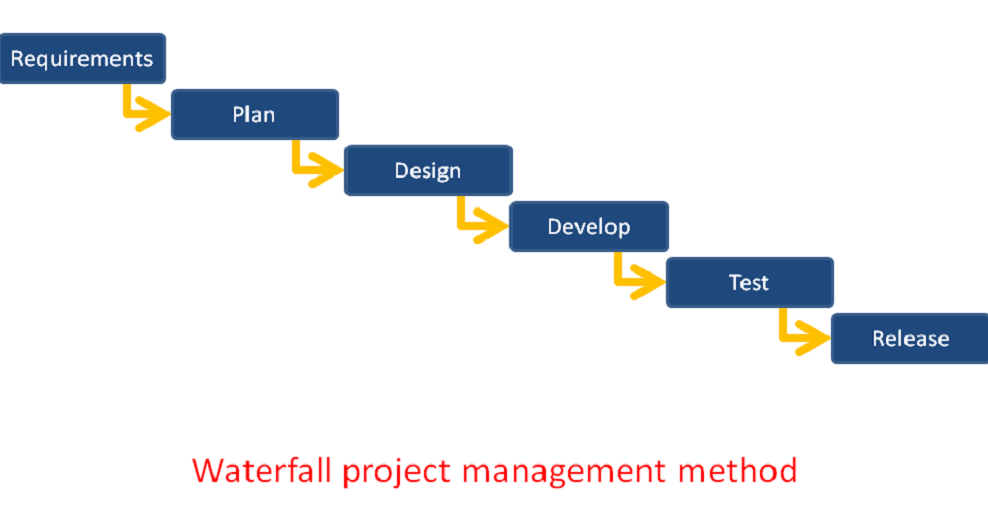

- #Best waterfall project management tools install#
- #Best waterfall project management tools software#
#Best waterfall project management tools software#
Core agile principles, as laid out in the Agile Manifesto penned in 2001 by a group of renegade software developers, include: They’re intentionally iterative and collaborative, and they put emphasis on creating good products for customers.Īgile itself isn’t a methodology but a set of principles that underlie several methodologies that sprung from the need for adaptive project management. AgileĪgile project management methodologies developed as a response to the rigidity of the waterfall model and were inspired by the speed and flexibility of lean methods.

The core component of the Kanban method is the Kanban board, usually a digital project management tool that includes columns for various steps in a workflow and “cards” for each project moving through the workflow. Kanban is a method of lean project management that gives a visual overview of the process from start to finish, which helps manage workflow by showing exactly who is working on what and where resources are needed most. Muri: overburdening of employees at any stage of a workflow.Mura: overproduction and excess inventory accumulated through an irregular workflow.Muda: wasted time, resources or effort that don’t add value for the end user.Originally developed by Toyota for auto manufacturing, lean project management is focused on delivering value and eliminating waste, which it identifies in three categories by their Japanese names: PMBOK is not a methodology itself but a set of principles and project management skills included in certification through PMI, which is used as a basis for many project management methodologies. Project Management Body of Knowledge (PMBOK)ĭeveloped by Project Management Institute (PMI) as an improvement on waterfall, this oft-cited framework includes these five phases of project management, which are similar to the waterfall phases: This could lead to less effective design or a less efficient process if you have to start over.īest for: Clients who know exactly what they want out of a product, can clearly define it and know it won’t change. The linear process doesn’t leave room to iterate when new requirements or constraints become known. An emphasis on documentation at every stage supports continuity no matter who works on the project in which stages.ĭisadvantages: This methodology doesn’t account for factors that are unknown early in the process and become known later.
#Best waterfall project management tools install#
Maintenance: Install the software, and make occasional modifications to fix defects, improve performance and add features.Īdvantages: The waterfall model includes a clear plan from start to finish, and defining requirements early in the process can save time later on.Verification: Test the software to discover and fix bugs and defects and identify risks.Implementation: Develop the software, including coding and system integration.Design: Create the software architecture, which outlines how the product will meet requirements.Requirements: Create a product requirements document (PRD) that lists what the final product (usually, software) is expected to do.You need to complete each before you can move onto the next. The model typically includes five or six independent phases, and each phase relies on the deliverables of the previous phase. The waterfall model is a traditional, linear project management methodology developed in the 1950s. Two core organizational philosophies drive all project management methodologies: waterfall (or linear) and agile (or iterative). On ClickUp's Website Core Project Management Methodologies


 0 kommentar(er)
0 kommentar(er)
